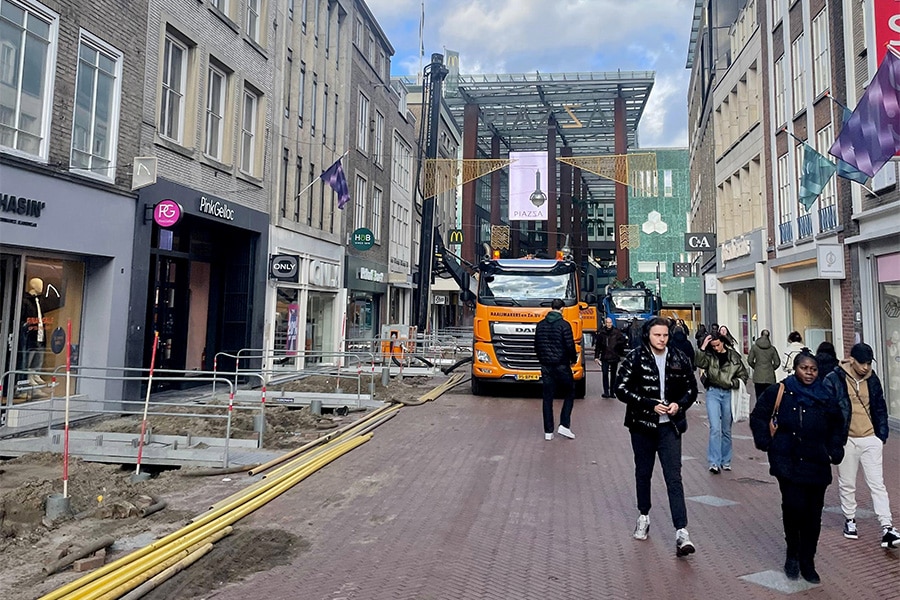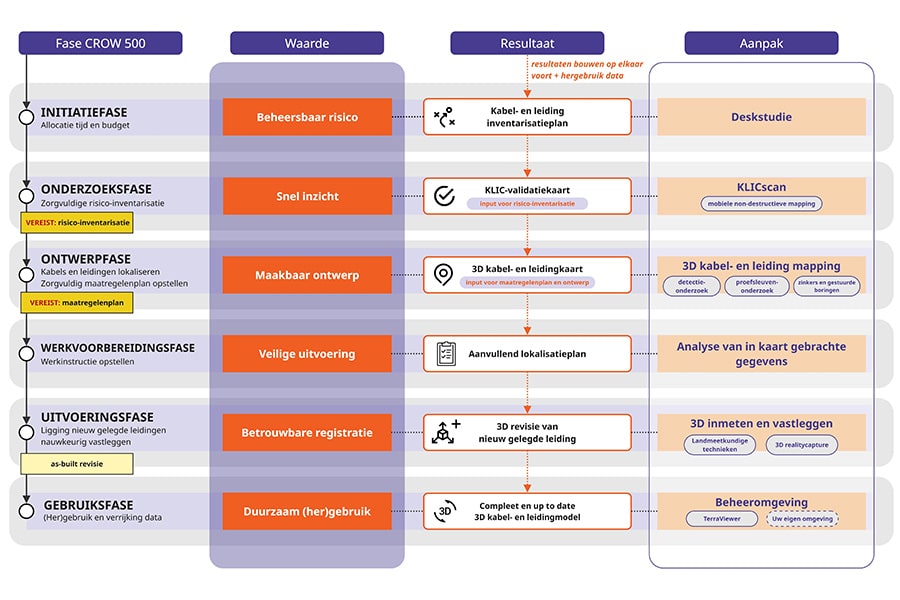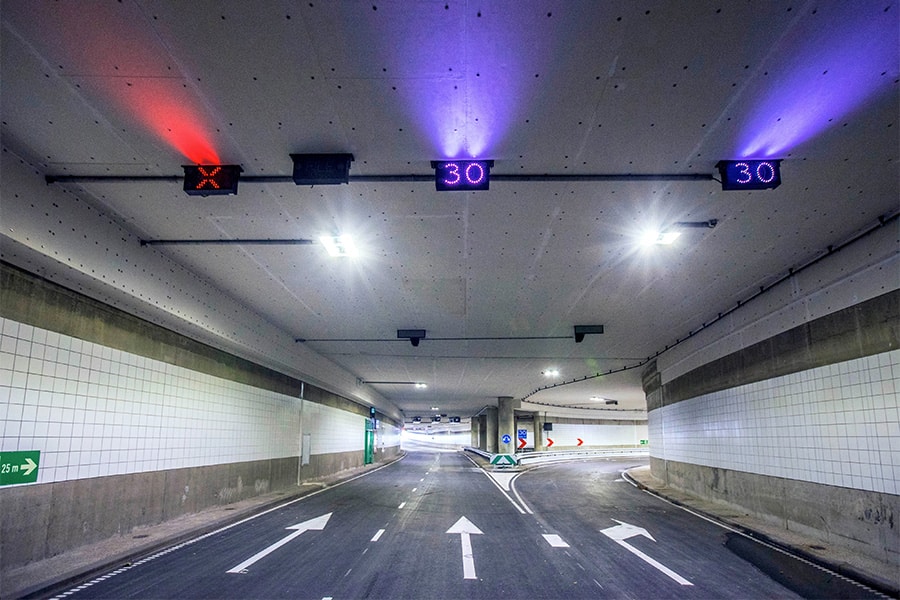
SGS can make significant contribution to greener energy and the energy transition
The central government wants to reduce CO2 emissions by switching to renewable energy. Getting rid of natural gas, in other words. And an upgrade of the electricity grid. Not an easy task. It requires specialist knowledge and skills. And that is exactly what SGS Roos+Bijl offers.
In fact, the company specializes in devising sustainable and safe underground (and above-ground) infrastructure, for large and small projects. "Energy transition is mainly about reducing the use of natural gas. This can be done through the use of green gas, electrification and heat networks," says John Daamen, sales manager at SGS Roos+Bijl. "SGS offers various services, including route engineering and coordination for the installation, relocation or modification of cables and pipelines. In addition, we help network operators in the area of electrification and support in the preliminary phase of the construction of heat networks."

Complex issues
John explains that there is a lot involved in modifying an existing piping system. "Our Dutch underground infrastructure consists of all kinds of cables, tubes and pipes. Adapting and relocating them poses quite a few complex issues, which we can apply our expertise and experience to perfectly." Because what happens if you pick up an existing pipeline and reroute it to a hydrogen plant? Are the pipes even suitable for transporting a different product? What about pressure loads? Can the pipes be coupled and how do you make everything fit? All questions that SGS knows how to answer.

Knowledge and expertise
"We are not that party you hire when extra hands are needed," John emphasizes, "but really because of our knowledge and expertise. Using advanced technologies, we come up with innovative solutions, where safety and sustainability are paramount." In addition to years of experience in underground infrastructure, SGS considers it important to constantly invest in the latest developments in this field. "For example, our people recently successfully completed the most recent course for PLE (pipeline engineering) calculations, so that knowledge is also completely up-to-date."

Upgrading electricity and gas grid
"We are already concretely working on upgrading the electricity grid," John continues. "Furthermore, we are in advanced discussions with a major party, to play our part in the major energy transition of the gas grid. Here we are already taking steps toward the design phase, such as examining the cable routes so that we know what we are up against and what the opportunities or challenges are. We are also working across the border, on the Antwerp Ring (B) and supporting projects in the area of dyke reinforcement, which also require the necessary cables and pipelines to be relocated in order to realize this. In this way we are building the underground infrastructure of tomorrow together," John concluded.




